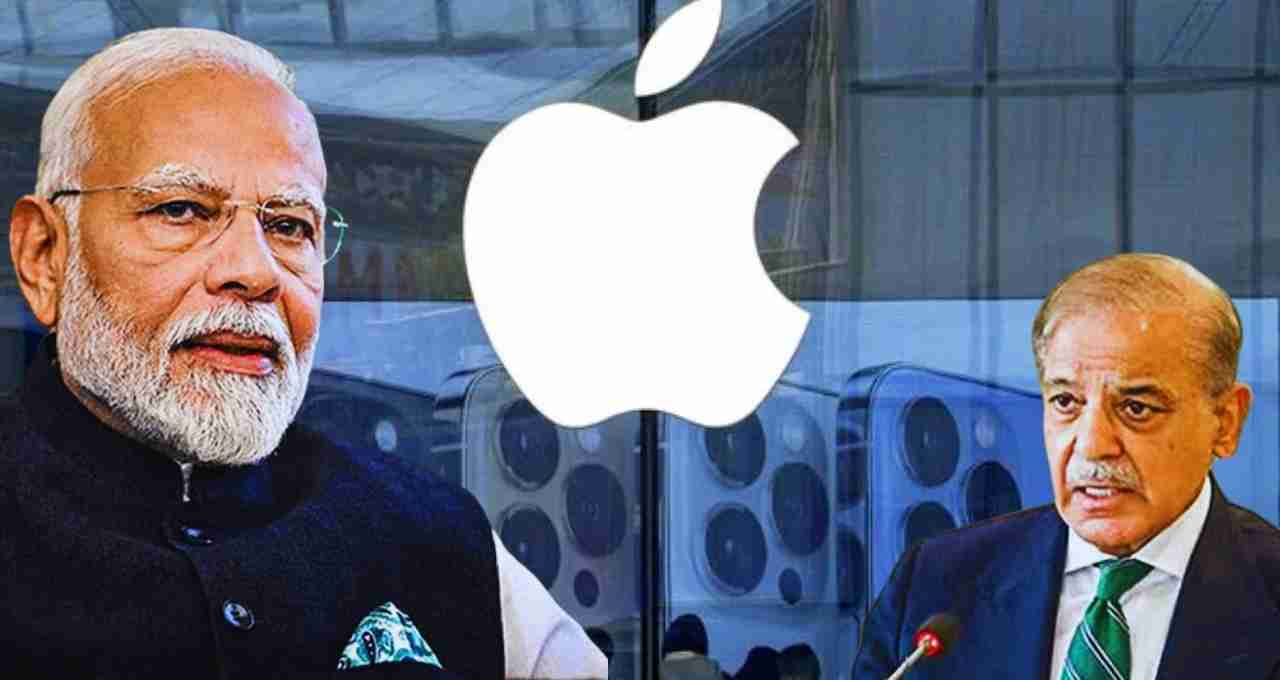The global technology war is no longer solely about features or speed; it's increasingly about trade and taxes. The ongoing trade tensions between the United States and India are indirectly impacting a third country—Pakistan—significantly. Premium products like Apple iPhones are becoming increasingly unattainable for Pakistanis.
Once a status symbol, the iPhone is now becoming a "luxury dream" in Pakistan. This is due to the potential 25% import tariff imposed by the US and the challenges in production arising from India and China.
How did this tariff dispute begin?
America's Trump-inspired trade policy has resurfaced aggressively. A new proposal suggests the US is preparing to impose a 25% import tax on all smartphone companies that manufacture their devices in China, India, or other Asian countries. This means that if Apple manufactures iPhones in India and ships them to the US, it will face a substantial tax.
This will directly impact the cost for companies like Apple, who will likely pass this increased cost onto consumers, resulting in higher iPhone prices.
Price increase in India, but a major blow to Pakistan

While India is witnessing increased local iPhone manufacturing and government tax relief, Pakistan lacks such support. There is no official Apple manufacturing or retail network in Pakistan; all imports are handled through third parties, already subject to heavy taxes and duties.
If the price of an iPhone 17 Pro Max reaches ₹1.65 lakh in India, the same phone could cost up to PKR 5.5 lakh in Pakistan.
iPhones are already expensive in Pakistan
Purchasing an iPhone has always been a challenge for the middle class in Pakistan. Models like the iPhone 16 Pro Max were already priced around PKR 3.5 to 3.7 lakh. Under these new circumstances, iPhone 17 prices will likely rise to a point where they become completely inaccessible to the average consumer.
The declining value of the Pakistani Rupee against the dollar, expensive imports, and multiple layers of taxes are all contributing to the iPhone's status as a "dream product."
What will be special about the iPhone 17?
Reports suggest the iPhone 17 series may include several new models—iPhone 17, iPhone 17 Air, iPhone 17 Pro, and iPhone 17 Ultra.
- The iPhone 17 Air is expected to feature a particularly slim and lightweight design.
- The front camera may be upgraded to 24 megapixels.
- The display size will likely range from 6.3 to 6.9 inches.
- Significant improvements in AI-based camera features and Face ID are possible.
Pakistan's digital divide will widen

Access to technology is already limited in Pakistan, with challenges related to internet speed, device availability, and digital literacy. The rising prices of premium devices like iPhones will further exacerbate the digital divide for the average Pakistani user.
This will impact young people, digital creators, and online businesses in Pakistan, who could have otherwise used iPhones for quality content creation and connectivity.
How can India avoid this price shock?
While prices will rise in India, the country has an advantage: local manufacturing. Apple is currently producing several iPhone models in India and plans to further increase production. The Indian government is also incentivizing tech companies through its "Make in India" initiative.
Therefore, even if iPhones become more expensive in the Indian market, their supply and availability will likely remain stable. Furthermore, alternatives like Xiaomi, Samsung, and OnePlus offer consumers options to avoid the high cost of iPhones.
Budget-friendly smartphone brands are gaining popularity
Due to the rising prices and limited availability of iPhones in Pakistan, people are increasingly turning to other smartphone brands. Samsung, Infinix, Xiaomi, and Vivo are gaining popularity due to their competitive features and reliable performance at more affordable prices. While Apple's brand name and iOS experience remain distinct, these alternatives are becoming more appealing to the average consumer.













